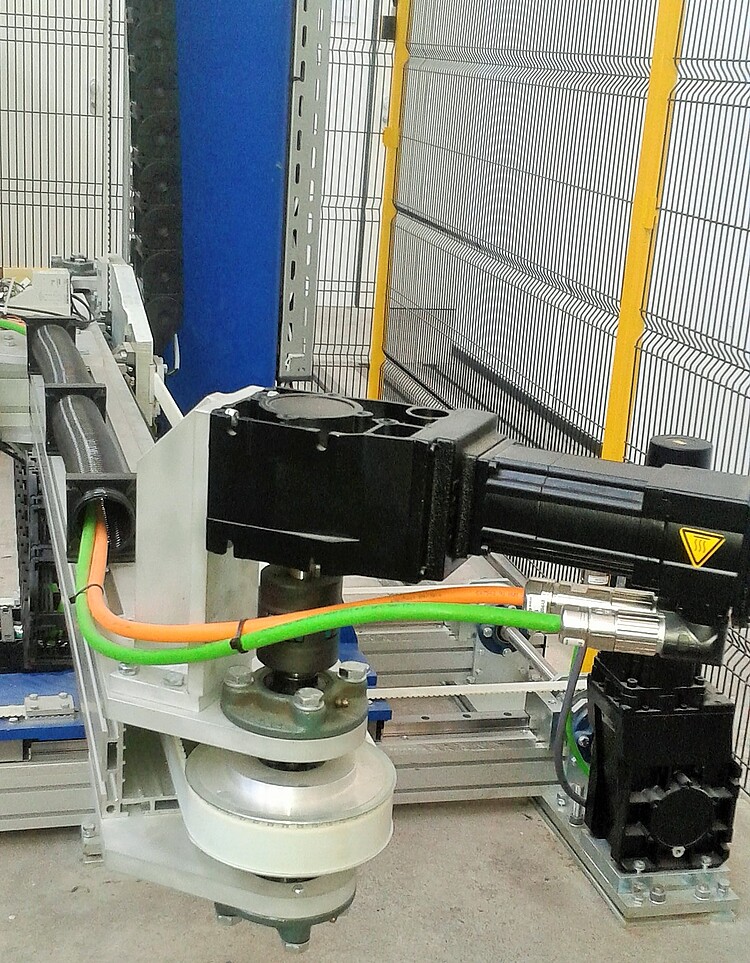Online-Identification of control parameters in electric drives for parameter tracking II

| Led by: | Prof. Dr.-Ing. Tobias Ortmaier |
| E-Mail: | mathias.tantau@imes.uni-hannover.de |
| Team: | M. Sc. Mathias Tantau |
| Year: | 2017 |
| Date: | 01-07-17 |
| Funding: | Arbeitsgemeinschaft industrieller Forschungsvereinigungen „Otto von Guericke“ e.V. (AiF) |
| Duration: | 07/2017-01/2020 |
| Is Finished: | yes |
Parameters that significantly influence the system behavior of regulated electrical drive systems are generally known only in an imprecise manner. During initial commissioning or after swapping components of the system, the controller parameters are often elaborately optimized manually according to heuristic setting criteria in order to achieve the desired system behavior.
Furthermore, system conditions and parameters of the controlled system may change abruptly during operation (e.g., change in loading state) or creep over time (e.g., due to thermal influences, wear). To capture this change, a real-time model of the plant is required.
With the help of the model, the excitation of the parameters to be estimated is calculated at runtime in a step-by-step manner. This information is used to calculate the respective parameters only if a sufficiently good excitation exists. This ensures that a robust identification of the model parameters takes place. The models thus updated are the basis for optimized tracking of the regulator adjustment in processes that change slowly (e.g., wear) or spiky (e.g., component replacement).
In addition, the start parameters are generated by an offline identification in which trajectories are run which ensure optimum excitation taking into account physical boundary conditions (working space, maximum engine torque, etc.).
The observability of the individual parameters and states is to be carried out on the basis of various test stands in order to ensure transferability to various industrial installations. The systems are all equipped with elastic belt drives, so that a position-dependent spring stiffness (and possibly damping) is to be expected in the resulting multi-mass oscillator.
